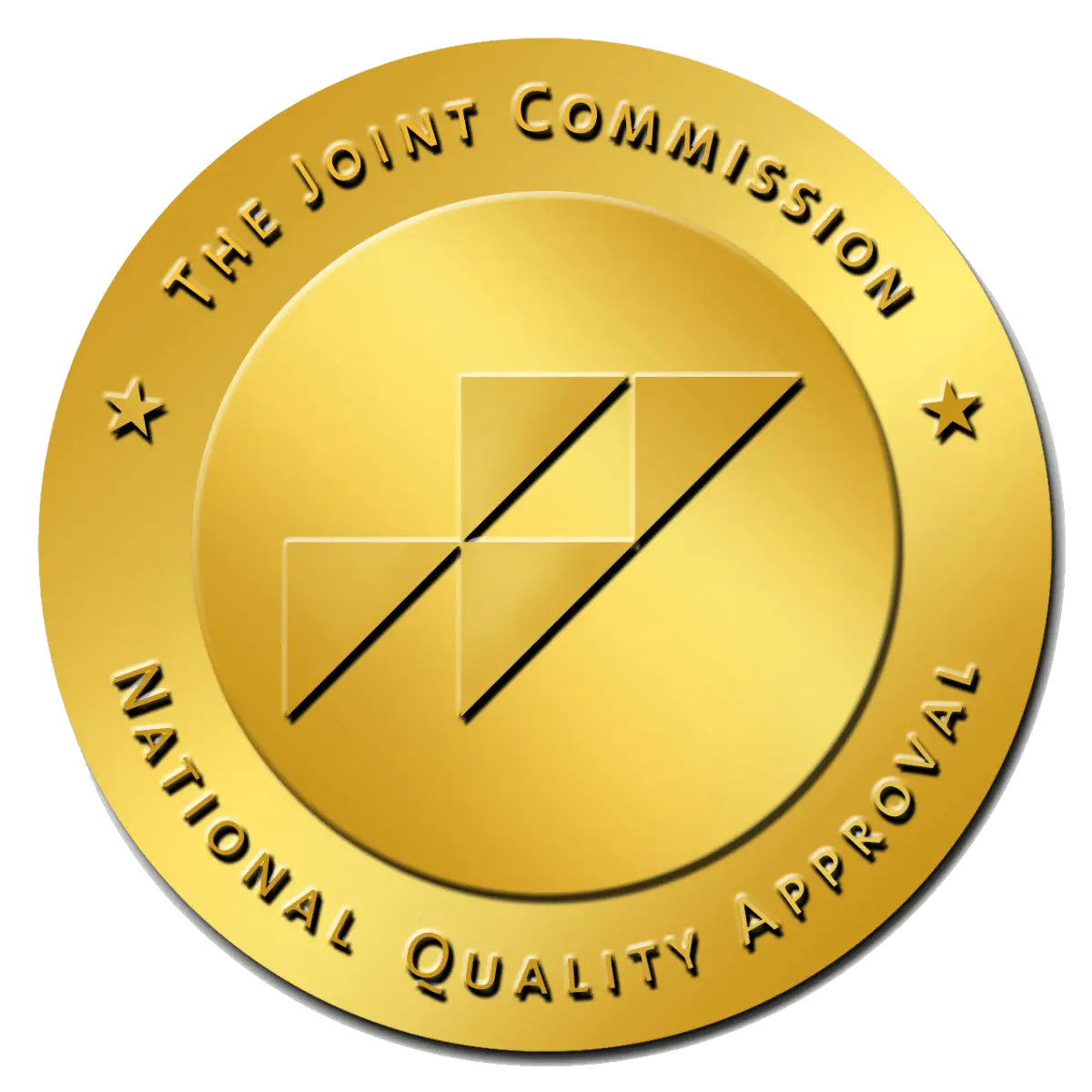Withdrawal symptoms can be a challenging experience—they could even create dangerous thoughts of relapse. However, these symptoms are an inevitable part of quitting substance use and choosing sobriety. Withdrawal can be a scary part of the recovery process that can keep people from staying substance-free. Knowing the process might alleviate the fear and give you an idea of what to expect. This article will look at effective conventional and holistic therapies to help you cope with withdrawal.
Common Withdrawal Symptoms
Withdrawal happens after quitting a substance. These symptoms come about because your body is removing the drugs from your system and adjusting to life without them. Addictive substances trigger the reward center in your brain, and that’s how they become so addictive. It doesn’t feel good when your body is weaned off of a substance. The severity of symptoms depends on how often you used the substance and what it was. At Villa Oasis, our highly experienced team knows what it takes to help you feel as comfortable as possible during all our programs, such as our cocaine addiction treatment services or fentanyl treatment protocol.
The most common withdrawal symptoms are:
- Sweating
- Vomiting
- Seizures
- Anxiety
- Depression
- Irritability
- Tremors
- Hallucinations
- Weakness
- Watery eyes
- Change of appetite
- Muscle Pains
Some withdrawal symptoms can be hazardous to experience alone and even deadly. That’s why it’s recommended that someone who is quitting a substance go through medically assisted withdrawal, especially if they have a severe addiction.
The Length of Withdrawal
Physical withdrawal can take around a week to two weeks, or sometimes three, depending on how well your body is healing after quitting the substances. People might not know that even after physical withdrawal is over, it’s still possible to feel some withdrawal symptoms long after. Some people might develop PAWS, or Post-acute Withdrawal Syndrome, which is more common the longer you’ve taken the substances. PAWS can cause mood swings, irritability, cravings, fatigue, and chronic pain. PAWS can often be the reason why a person relapses. They might have finished treatment, doing great in recovery, but suddenly they find themselves struggling to stay sober because they feel horrible.
How Treatment Centers Help With Withdrawal
Treatment and recovery centers rarely have medically assisted detox, but they usually can refer you to someone. After you’ve gone through detox, treatment centers are very aware of accompanying withdrawal symptoms. They know that things will not be magically better as soon as you are physically substance-free. It takes time and work to get back on your feet again. Most places will help you restructure your life by setting up a routine, adding physical activity, and emphasizing and teaching nutrition. The focus on mental and physical health can help address and alleviate what will inevitably make withdrawal, especially PAWS, that much worse.
Conventional Therapy For Withdrawal
Medically assisted detox tends to be the first step to coping with withdrawal symptoms. However, this step is only the beginning because many different mental symptoms occur long after. In treatment centers, one of the primary focal points is mental health. Counselors can offer support for dealing with irritability, mood swings, and cravings after physical withdrawal. Addiction therapists can provide coping mechanisms and tools to deal with these symptoms more healthily and an alternative to giving in to cravings.
These coping mechanisms can help a person when they eventually leave treatment. They might find themselves dealing with difficult emotions that cause stress or mental despair. Coping with these intense emotions could usually bring them a point to consider taking a substance to deal with the problem. Still, instead, they refer to the coping mechanisms taught in therapy.
Holistic Therapy Approaches
Holistic therapy refers to an overall approach to treatment that includes incorporating exercise, nutrition, and personal wellness. Other methods could include nature walks, equine therapy, art and music therapy, and mindfulness practices like yoga and meditation. The Holistic approach offers flexible options based on the person’s particular interest and doesn’t limit its framework.
Exercise is essential in coping with withdrawal symptoms because it can be a tremendous stress and tension reliever. Craving often comes when a person feels the most stressed out about their day. Incorporating daily exercise can relieve that stress. It can also improve self-esteem and add stability to a person’s life.
Focusing on nutrition education can also have a positive effect on mental health. Much of your mental health is directly linked to what you put in your body. When you eat unhealthy foods, it can negatively affect your mental health and contribute to additional stress. Contrary, healthy nutritional options can serve as a springboard for positivity.
Withdrawal symptoms can be absolutely unbearable. Since these symptoms tend to be the leading cause of relapse for many people in recovery, it’s important to know how to cope when these symptoms happen. This truth is also why it’s important not to quit cold turkey, as these symptoms are difficult to deal with alone and can even be deadly depending on the substance.
Thankfully, detox centers and treatment facilities are here to help. At Villa Oasis San Diego, we help you cope with the worst of these withdrawal symptoms after detox. We provide comfortable living, allowing you to relax while you heal. It’s easier to recover and manage these symptoms when you have the support you need.
If you would like to learn more about healthy coping with withdrawal symptoms and how Villa Oasis San Diego can help you during this difficult time, please don’t hesitate to call us today at (323) 739-8673.




